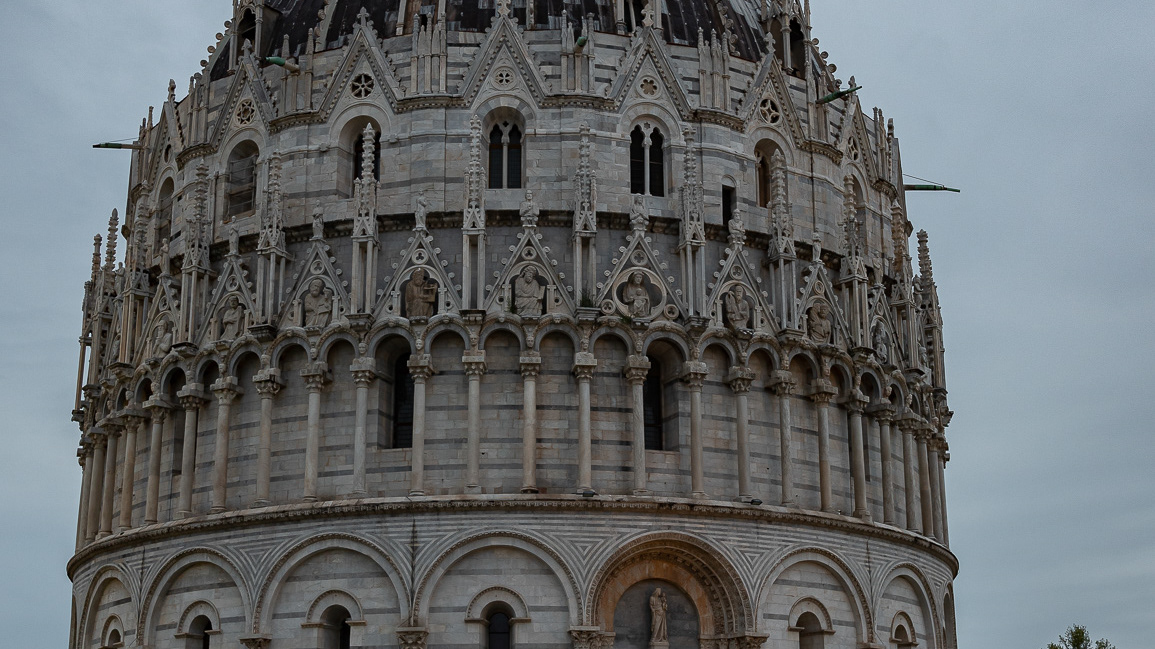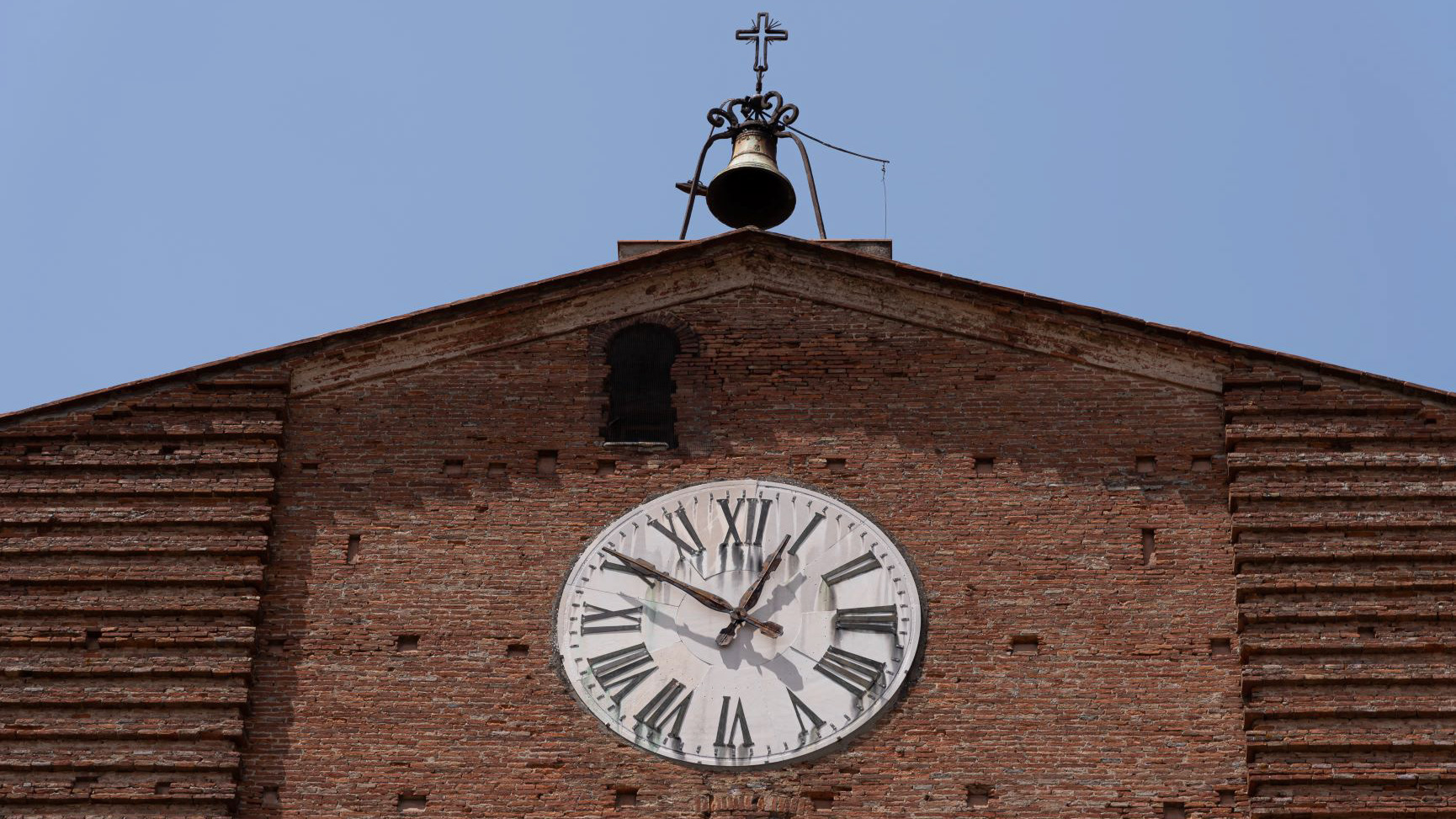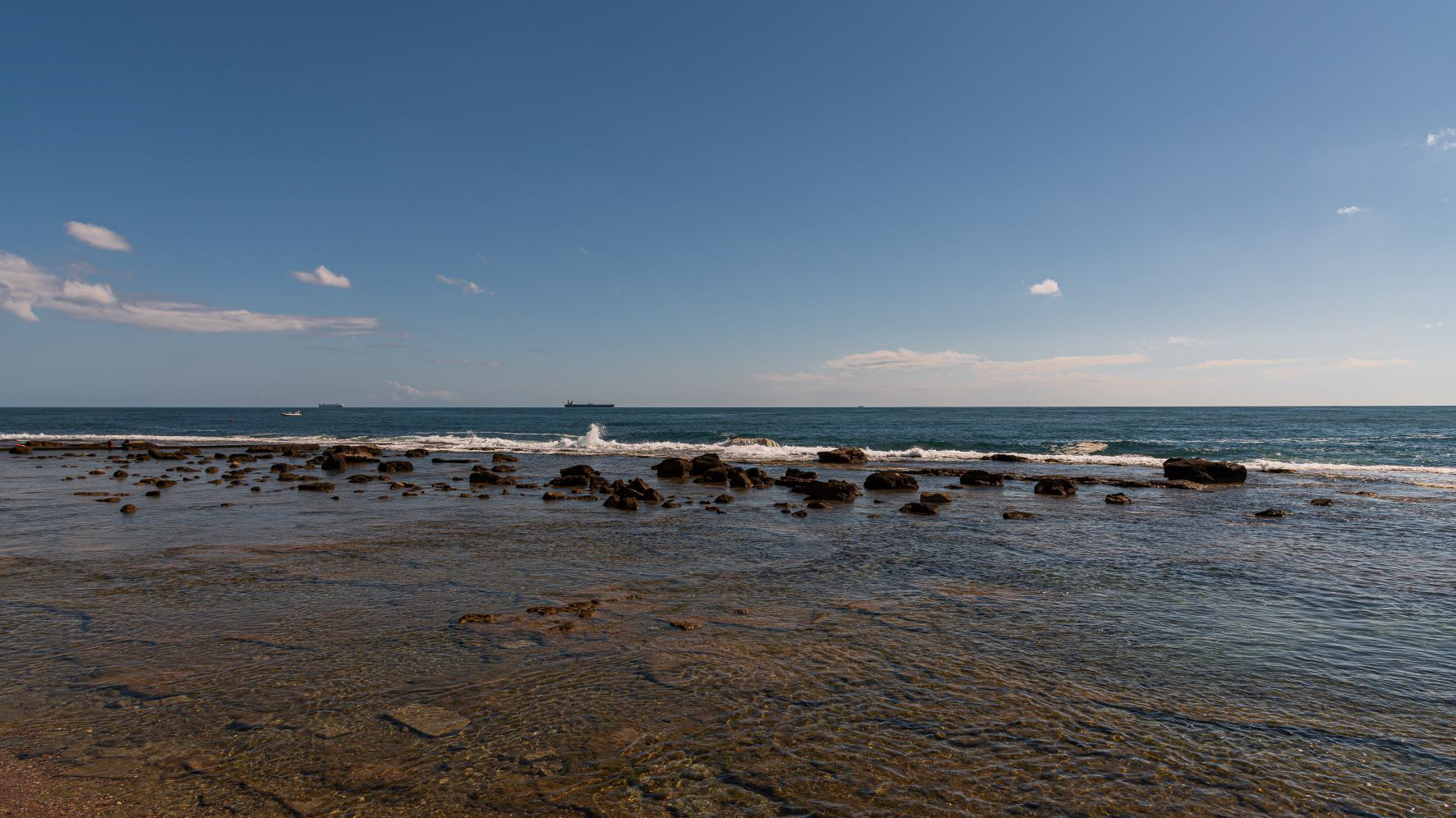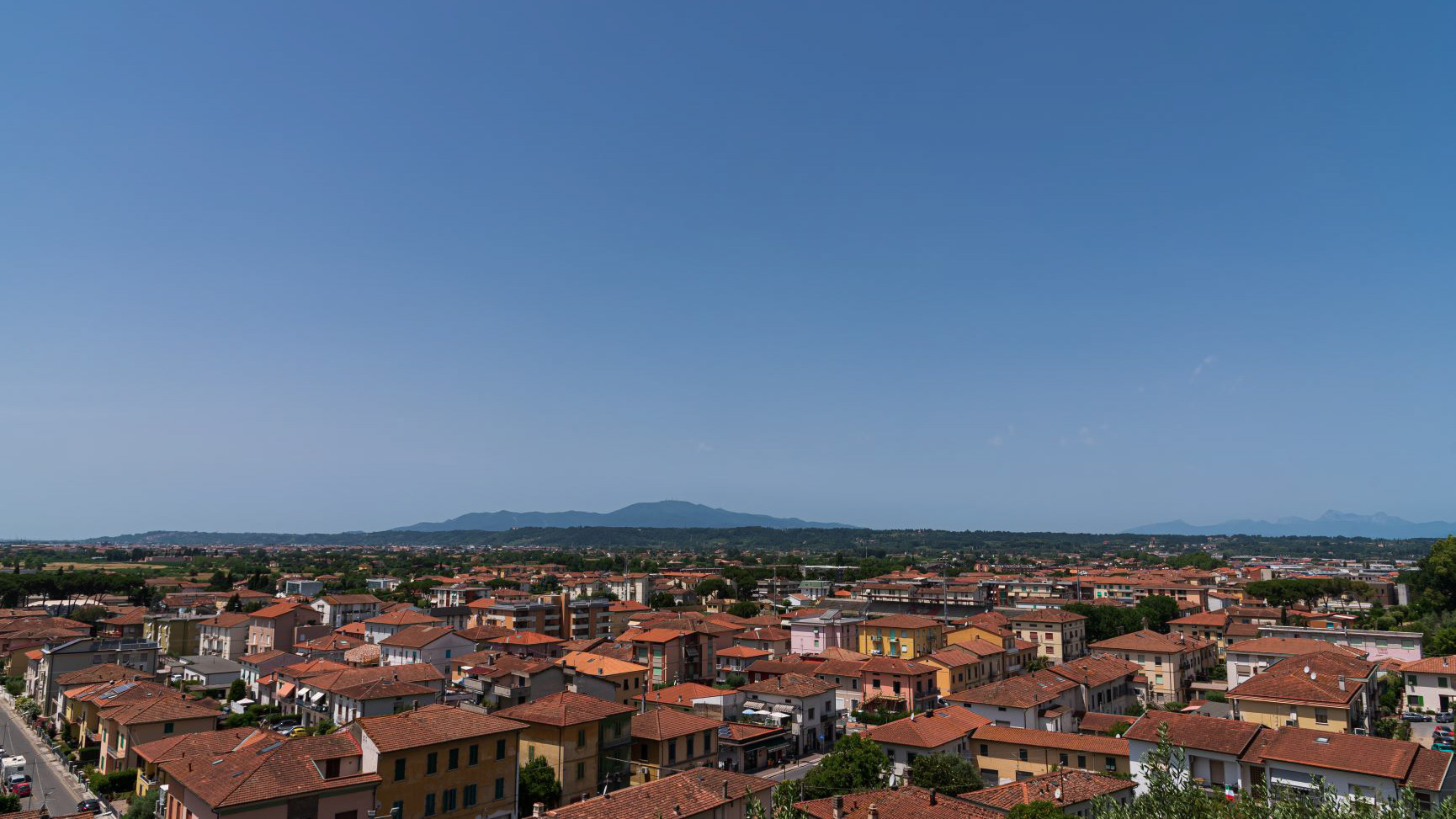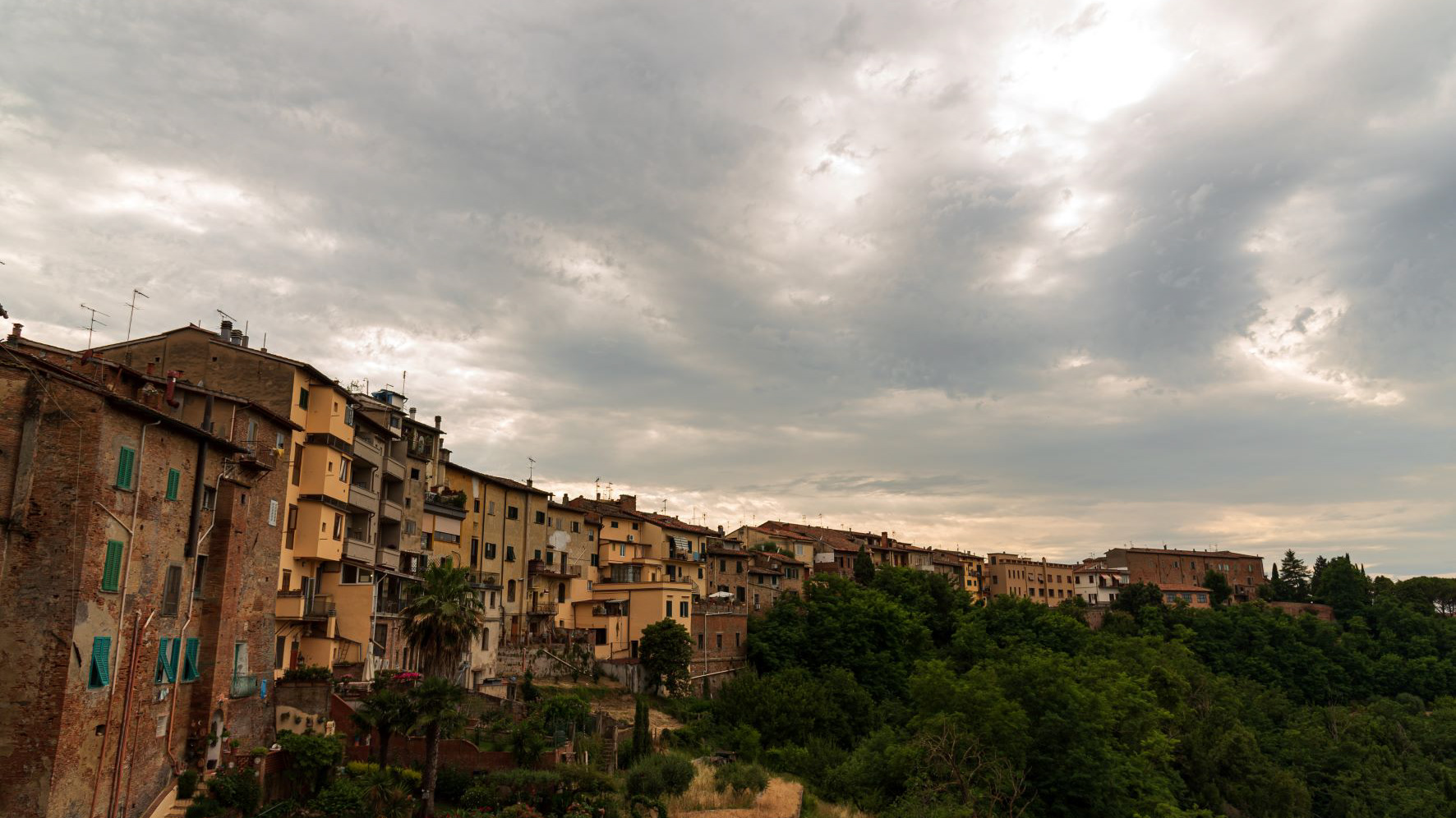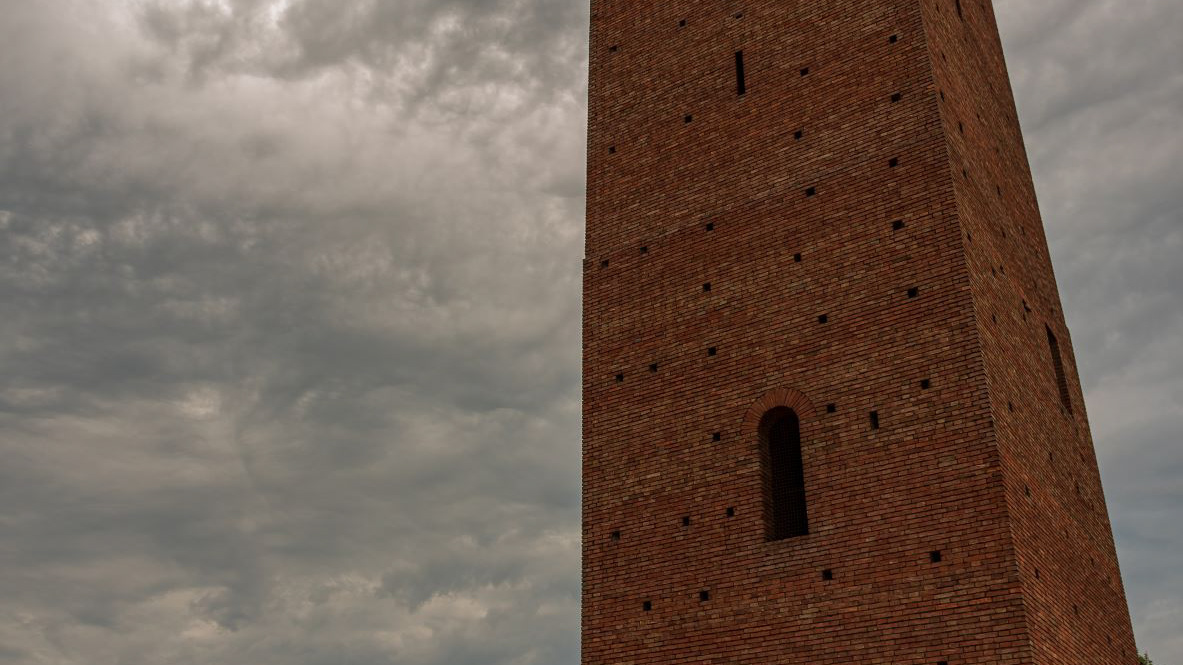Rocca di Montemurlo. Pieve di San Giovanni Decollato
The parish church of S. Giovanni Battista Decollato opens onto the square of the village. The parish church of Montemurlo has an ancient and controversial history, we find the first trace of it when Otto III, on the occasion of his coronation as emperor (995), descends to Italy for Rome and on his journey (998) confirms the possessions of Bishop Antonino of Pistoia among which our pieve is noted. It has a simple plan, with a single nave with presbytery and choir, modified in the second half of the last century. Originally the parish church had very small dimensions and it was only during the 16th century that we witness the first expansion works carried out by the humanist Bartolomeo Fonzio, parish priest in Montemurlo from 1494 to 1520, who had the rectory and the cloister built alongside the church, of which however, the round arches and columns with Corinthian capitals now walled up can still be traced. The parish church is 'protected' by an imposing bell tower which was originally a watchtower then transformed and refined, in the first half of the 16th century as part of the transformations carried out by the active parish priest, with the large mullioned windows that we see on each side, surmounted by brick arches. The large window is supported by octagonal columns and the shutters of the arches that conclude the tower are decorated with a notched frame that also surrounds the roof. Entering the church we cross a loggia, added during the 17th century, supported by brick columns with Ionic-inspired capitals. The interior of the church, with a goat-like roof, is enriched by four aedicule altars, one of which dates back to the 16th century, a model for the others built in the 18th century. On the altars and walls of the presbytery, valuable paintings by the painters Francesco Granacci, Giovanni Stradano, Matteo rosselli and Giacinto Fabroni.
You may also like
